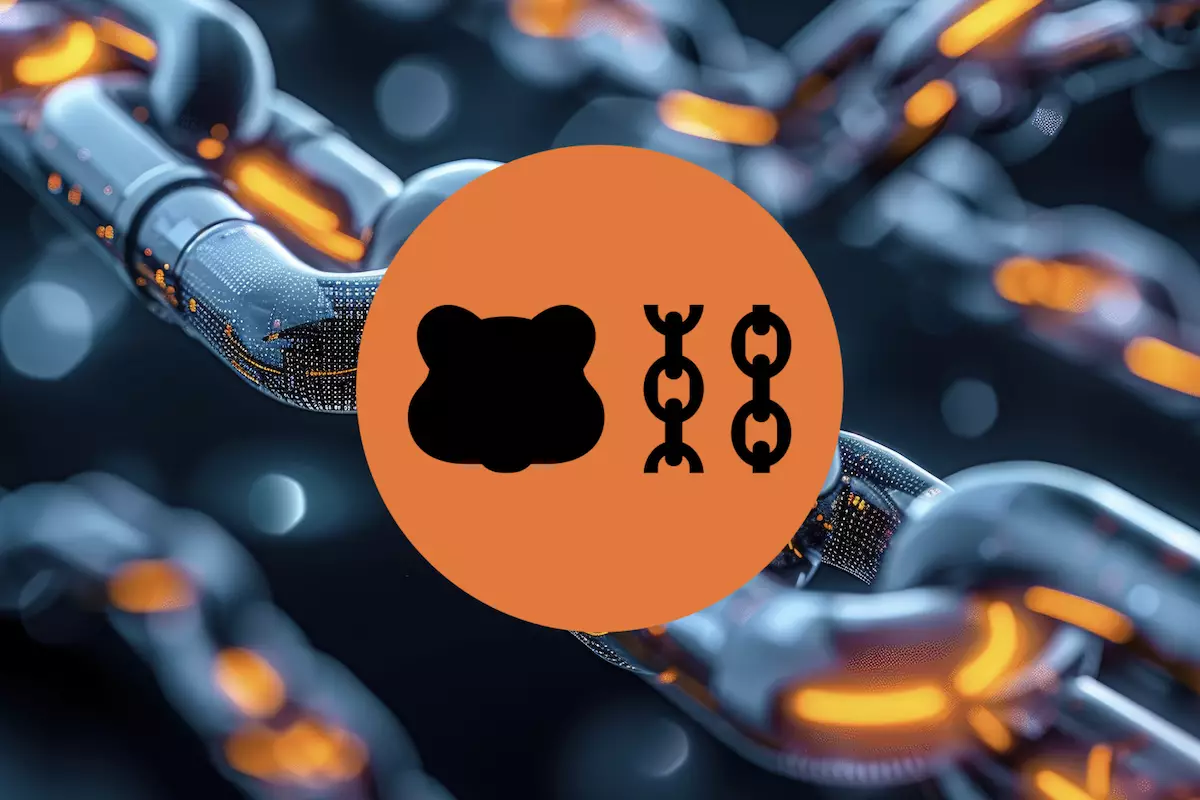As the decentralized finance (DeFi) landscape continues to evolve, new blockchain platforms standardizing efficiency and interoperability gain prominence. Among these emerging contenders is Berachain, a Layer 1 blockchain that addresses key challenges faced by DeFi applications, particularly liquidity fragmentation. Its novel Proof of Liquidity (PoL) consensus mechanism and compatibility with the Ethereum Virtual Machine (EVM) create a favorable environment for developers and users alike. In this exploration, we will dissect Berachain’s distinctive attributes, governance structure, and ecosystem while examining its potential trajectory in the rapidly growing DeFi space.
At its core, Berachain’s architecture is designed not just for performance but for optimal security and liquidity distribution. Traditional consensus mechanisms often prioritize network security without adequately addressing the must-have liquidity for DeFi applications. Berachain’s PoL addresses this shortcoming by rewarding liquidity providers, thereby intertwining network security with active participation from users.
Additionally, the platform’s EVM compatibility allows developers to seamlessly migrate existing decentralized applications (dApps) from Ethereum with minimal code alterations. This adaptability is crucial for attracting a diverse range of developers, enabling them to leverage Berachain’s unique features without facing the steep learning curve typically associated with new blockchain ecosystems.
Berachain’s modular design supports the creation of bespoke Layer 1 solutions that maintain interoperability across multiple chains. This versatility is pivotal in a space where collaboration among diverse blockchain networks is becoming increasingly vital. By allowing developers to design custom blockchains under the Berachain umbrella, the framework not only enhances scalability but also promotes a vibrant ecosystem of cross-chain interactions.
The capacity for modularity means that developers can engineer specific applications tailored to their needs while still reaping the benefits of Berachain’s underlying infrastructure. This reduces the performance trade-offs often seen in traditional blockchain setups, fortifying Berachain’s robustness as a platform designed to meet the demands of a dynamic market.
Berachain employs a tri-token model, which delineates the roles of governance, security, and transaction utility across distinct tokens, thereby creating a more balanced economic ecosystem. The Berachain Governance Token (BGT) is key in facilitating decentralized governance; it is earned through liquidity provision and is non-transferable, ensuring that only those invested in the network’s welfare can participate in its decision-making processes.
Complementing the governance layer, BERA, the platform’s native utility token, supports gas fees and aids in network security, ensuring a decentralized and sustainable operational environment. Finally, HONEY, Berachain’s stablecoin, provides users with a reliable medium of exchange, soft-pegged to the US dollar, crucial for various DeFi activities like lending and trading.
This careful balance of tokens is indicative of a broader understanding of economic incentives within the blockchain realm, suggesting Berachain champions a more democratized approach to network governance and utilization.
Dynamic dApps and a Flourishing Gaming Landscape
Berachain is not just about theoretical innovations; it has an operational ecosystem of decentralized applications and gaming projects that leverage its unique framework. Platforms like BEX (the native decentralized exchange) and BEND (a decentralized lending service) are paving the way for users to engage with assets effectively while also benefiting from liquidity incentives.
Moreover, Berachain is making strides in blockchain gaming, blending DeFi with interactive elements and ownership of in-game assets. Projects like Gemhunters, which allows players to explore rich narratives through NFTs tied to gameplay, showcase the innovative fusion of financial utility and entertainment.
As these projects grow, they create a community-driven environment where users can not only participate but contribute to the evolution of gaming in the blockchain context. The excitement is magnified by news of partnerships with established NFT marketplaces like Magic Eden, which enhances the visibility and accessibility of Berachain’s NFT offerings.
While Berachain is currently navigating its testnet phase, its potential within the DeFi landscape is gradually crystallizing. The innovative consensus mechanism, coupled with a strong focus on user engagement and developer adaptation, positions Berachain as an upcoming leader in blockchain technology.
Nonetheless, success hinges on timely execution during the transition to the mainnet and the ongoing engagement of its community. Feedback loops between developers and users will be essential as Berachain navigates the complexities associated with scaling and maintaining operational integrity in a competitive environment.
Berachain stands as a testament to what the future of decentralized finance can look like when creativity and robust technological frameworks converge. Its seamless integration of liquidity incentives, EVM compatibility, and community engagement promises not only to enrich the user experience but also to fortify the integrity of its ecosystem. As the world of DeFi continues to flourish, Berachain could become a linchpin in shaping this burgeoning landscape.

